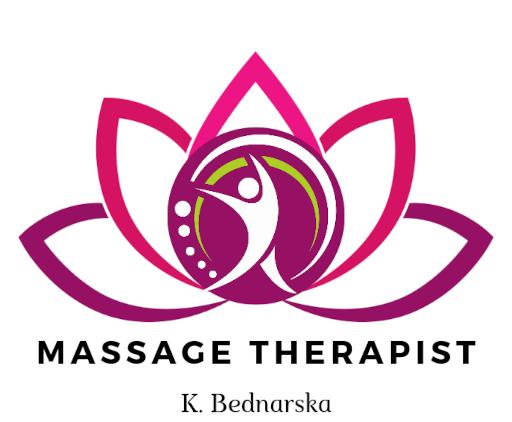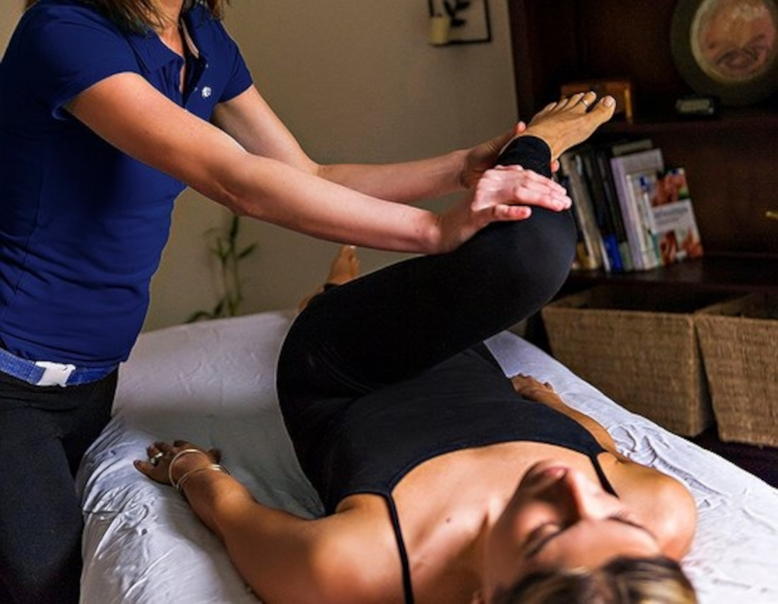Isometric massage is a type of massage that focuses on applying sustained pressure to specific muscle groups. It is often used to relieve muscle tension, improve circulation, and reduce pain. During an isometric massage, the therapist will use their hands, elbows, or forearms to apply pressure to the muscles. The pressure is typically applied for a period of 30 seconds to 2 minutes, and the therapist may move their hands or body weight to increase or decrease the pressure. Isometric massage can be used to treat a variety of conditions, including muscle tension, back pain, neck pain, and headaches. It is also often used as a part of a rehabilitation program for injuries. If you are considering getting an isometric massage, it is important to talk to your doctor or a qualified massage therapist to make sure it is right for you.
Benefits of Isometric Massage:
Improved Circulation: Isometric massage can increase blood and lymph flow, contributing to better tissue oxygenation and toxin removal.
Reduced Muscle Tension: By applying constant pressure to specific muscle groups, this massage effectively relieves tension and pain.
Increased Strength and Stability: Isometric exercises, often accompanying the massage, help build strength and stability in muscles, tendons, and ligaments.
Support in Rehabilitation: Isometric massage is often used in rehabilitation programs, aiding in the return to full function after injuries.
Improved Flexibility: Regular use of isometric massage can contribute to increased flexibility in muscles and joints.
Techniques Used in Isometric Massage:
Static Pressure: The therapist applies constant pressure to the muscles for a specific time, allowing them to relax.
Passive Movements: In some cases, the therapist may gently move the patient’s limbs to enhance the massage’s effectiveness.
Relaxation Techniques: Using various techniques, such as stroking or kneading, to reduce muscle tension.
Who Can Benefit from Isometric Massage?
Isometric massage is beneficial for:
Individuals with muscle tension. Athletes during rehabilitation after injuries. People with back or neck pain. People suffering from headaches

